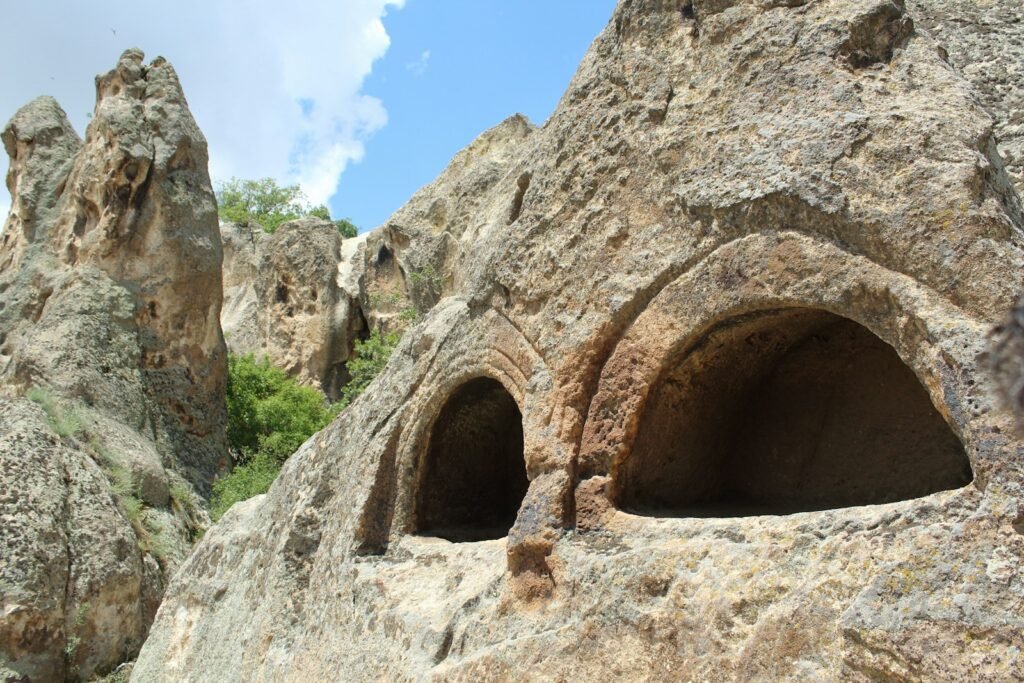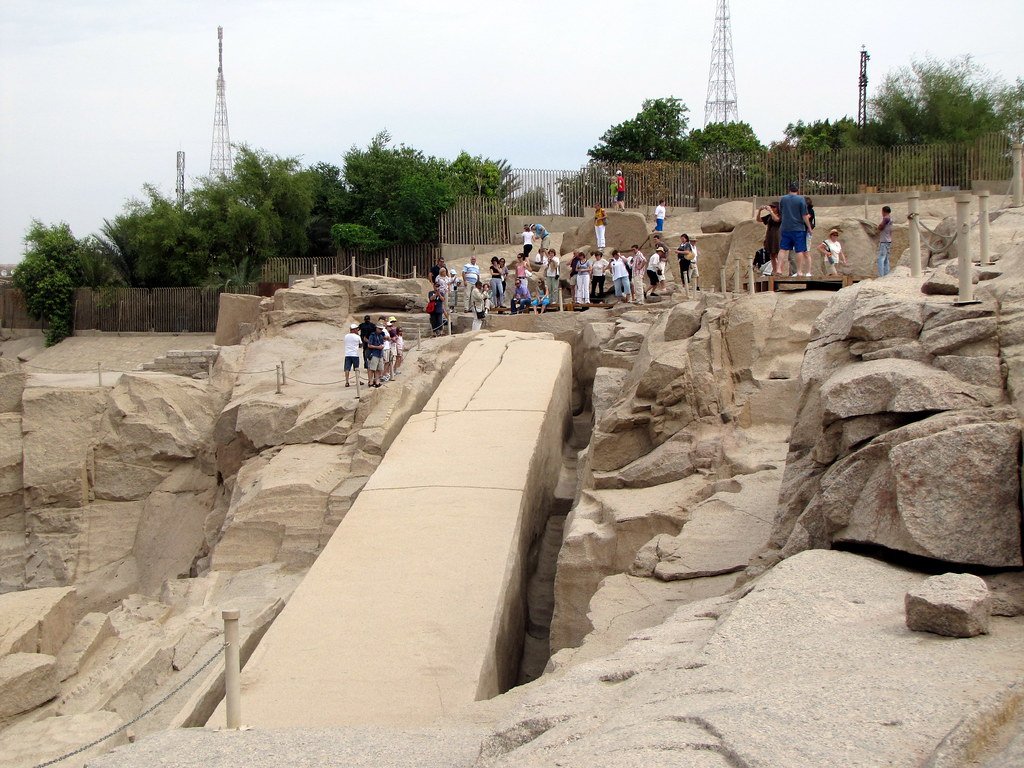Archaeology doesn’t often hand us sealed time capsules, yet every so often a tomb emerges untouched, its doors still holding the breath of the past. These rare discoveries don’t just dazzle with gold; they correct textbooks, challenge myths, and show how people prepared for eternity. Each intact burial is a controlled experiment in history, a place where cause and effect survive in situ. Today, we revisit ten remarkable tombs found sealed and undisturbed – and the astonishing objects, ideas, and identities they protected. Along the way, we’ll explore how scientists read the evidence, why it matters now, and where the next breakthroughs are coming from.
Tutankhamun: The Boy King’s Sealed Rooms

The pharaoh’s burial apartments in the Valley of the Kings were found with door seals still pressed and magic brick guardians in place. The air inside had not been disturbed in millennia when the light first touched gold.
Chariots leaned like paused thunder, nested shrines filled the chamber like Russian dolls, and food, wine, and flowers lingered as if the funeral had just ended. The famous mask and coffins weren’t just treasure; they were data points about ritual engineering, craft guilds, and trade in resins and glass. Residue studies on oils and perfumes now trace botanical origins, while textile weaves reveal workshop signatures. In a sealed suite like this, context is king – and nothing lies.
The Silver Pharaoh at Tanis: A Coffin of Solid Silver

Psusennes I was discovered where few expected a pristine royal burial – in the Nile Delta, where damp soil corrodes bronze and confuses the record. Yet inside, a solid silver anthropoid coffin gleamed against all odds.
Gold finger stalls, a delicate mask, and regalia survived with startling clarity, even as some objects weathered the climate. The tomb taught researchers how elite burials adapted when Egypt’s political map fractured. Alloy analyses show supply lines for silver, a metal rarer there than gold, shifting through Levantine and Mediterranean routes. A quiet chamber, but a loud message about resilience and reach.
Fu Hao at Yinxu: A General, a Queen, a Priestess

When archaeologists opened the small, unrobbed pit at Anyang, they stepped into the personal story of Fu Hao, consort to a Shang king and a commander in her own right. The tomb was intact, its wooden chamber still packed tight.
Bronze ritual vessels, finely cast weapons, carved jades, and oracle bones spelled out authority in three languages: ritual, war, and divination. The assemblage confirmed that women held real power in late second-millennium BCE China. Metallurgical fingerprints map workshops across the kingdom, while micro-wear shows blades that actually saw battle. An intact burial let texts and objects finally agree.
Marquis Yi of Zeng: Music for the Afterlife

The lacquered rooms of this tomb opened like a stage set, revealing a full orchestra preserved in silence. At its heart hung a monumental bronze bell ensemble, tuned with astonishing precision.
Archaeologists found lutes, drums, and stands, alongside wine vessels and lacquer furniture still glossy beneath soil. Acoustic experiments now recreate the soundscape, showing a scale system as sophisticated as any on earth at the time. Isotope tests on bronze trace multi-regional metal flows, proving a web of exchange. An intact tomb let us hear a vanished court again, note by note.
Pakal the Great at Palenque: The Green Mask in the Dark

Deep inside the Temple of the Inscriptions, a sealed stairwell led to a chamber untouched since the Classic Maya laid their king to rest. The air held cinnabar dust, and a jade mosaic mask watched from the sarcophagus.
Shells, jade beads, and carved bones outlined a theology of transformation – king into maize, death into renewal. Iconography on the massive lid aligns with celestial markers, linking rulership to the Milky Way. Stable isotope analysis of Pakal’s teeth traces childhood movement across the Maya lowlands. When a tomb remains intact, the dead keep their coordinates.
Philip II at Vergina: Fire, Gold, and a Royal Hunt

A tumulus in northern Greece concealed an unlooted Macedonian royal burial, sealed and ceremonially burned. Inside lay a golden chest, armor, and a painted frieze of a hunt, all in place.
Forensic study of the cremated bones and armor details supports a world of cavalry warfare and court ceremony. The goldwork reads like a manifesto of power, from diadems to weapon fittings. Pigment analysis on the fresco restores vanished colors, sharpening debates about identity and chronology. An intact royal tomb became a courtroom where evidence could finally be weighed.
The Griffin Warrior at Pylos: A Microscopic Masterpiece

When the limestone slabs lifted, archaeologists met a Bronze Age warrior untouched by thieves, laid to rest beside weapons, mirrors, and sealstones. The grave’s context was pristine, the soil still holding a story in stereo.
One tiny agate, carved with an impossibly fine battle scene, rewrote assumptions about early Greek art. Dental and bone chemistry now sketch the warrior’s diet and mobility, and residues on blades suggest real use, not just display. The burial’s sealed state made even micro-scratches meaningful. Sometimes the smallest object swings the biggest door.
The Lord of Sipán: Gold, Peanut Necklaces, and Power

Beneath a pyramid of the Moche on Peru’s coast, an intact burial emerged in 1987, glowing with headdresses, nose ornaments, and scepters. The arrangement of retainers and offerings mirrored a society staged like theater.
Gold and silver peanut beads symbolized life’s dualities, while ceramics depicted rituals that matched the tomb’s choreography. Analyses of metals and shells point to networks that reached far into the Andes and along the Pacific. Textile fragments and wooden elements survived in the desert’s favor. A sealed tomb turned artistry into a political map.
El Castillo de Huarmey: Wari Queens in a Hidden Chamber

A dune disguised a royal Wari mausoleum for more than a thousand years, sparing it from looters who missed the entrance by heartbeats. When opened, the burial complex held elite women, seated wealth, and authority woven into every object.
Gold and silver jewelry, carved wood, and rich textiles framed a lineage of power that predated the Inca. Fiber and dye studies revive color palettes and workshop styles, while osteology reveals status, diet, and craft labor. The intact setting proves women’s central roles in Wari political and ceremonial life. Sand kept the secret; science told the story.
The Vix Grave: A Celtic Leader and a Giant Krater

On a cold hillside in Burgundy, a chieftain’s burial lay sealed with imports from the Mediterranean and masterworks of local craft. The star was a massive bronze mixing vessel, as tall as a person and forged far away.
Jewelry of radiant gold, a wheeled vehicle, and feasting gear reframed Iron Age Europe as cosmopolitan, not peripheral. Metallurgy and lead-isotope tests trace routes from Greek workshops to a Celtic stronghold. The burial’s coherence lets us see alliance, gift exchange, and ritual in one glance. Standing before that krater, I felt how power can be poured and shared.
The Hidden Clues: How Intact Tombs Change the Story

Sealed contexts are rare gifts because they lock objects into relationships – who sat where, what touched what, which materials aged together. That spatial grammar is the difference between a treasure chest and a laboratory.
When tombs are intact, scientists can test ideas about belief, trade, and technology with far more confidence. Organic residues survive in undisturbed microclimates, revealing spices, wines, resins, and medicines. Even insect remains and pollen sketch the season of burial and the environment outside. Break the seal, and much of that conversation is lost.
Why It Matters: Beyond Treasure, Toward Evidence

Intact tombs let us compare written traditions, oral histories, and art against hard physical data. They also challenge the easy story that elites were isolated from everyday life.
Food traces, worn tools, and repaired ornaments remind us that status and labor often coexisted. These burials anchor timelines for metallurgy, textile innovation, and long-distance exchange. They help communities reclaim heritage with evidence strong enough to stand up in court and classroom alike. In short, sealed tombs are baselines for the human experiment.
The Future Landscape: Noninvasive Tech and Ethical Dilemmas

New tools are making it possible to learn more while touching less. Ground-penetrating radar, muon imaging, and drone photogrammetry now find voids and passages without turning a spade.
Inside, micro-CT scanning, proteomics, and ancient DNA can sample fibers and residues at scales that spare the past. The challenge is balancing curiosity with custodianship, especially when living communities hold claims and concerns. Climate change adds urgency, as heat and floods threaten unexcavated sites. The best future finds may come from patience and partnership, not speed.
How You Can Help: Small Acts, Big Signals

Support museums and local heritage groups that invest in conservation, not just spectacle. Attend talks, read site reports, and share stories that highlight context over gold.
If you travel, respect site boundaries and report suspicious digging to authorities. Encourage funding for noninvasive research and for training archaeologists in regions where discoveries are most at risk. And when a new tomb hits the headlines, ask the careful questions first. What detail here surprised you most today?

Suhail Ahmed is a passionate digital professional and nature enthusiast with over 8 years of experience in content strategy, SEO, web development, and digital operations. Alongside his freelance journey, Suhail actively contributes to nature and wildlife platforms like Discover Wildlife, where he channels his curiosity for the planet into engaging, educational storytelling.
With a strong background in managing digital ecosystems — from ecommerce stores and WordPress websites to social media and automation — Suhail merges technical precision with creative insight. His content reflects a rare balance: SEO-friendly yet deeply human, data-informed yet emotionally resonant.
Driven by a love for discovery and storytelling, Suhail believes in using digital platforms to amplify causes that matter — especially those protecting Earth’s biodiversity and inspiring sustainable living. Whether he’s managing online projects or crafting wildlife content, his goal remains the same: to inform, inspire, and leave a positive digital footprint.




